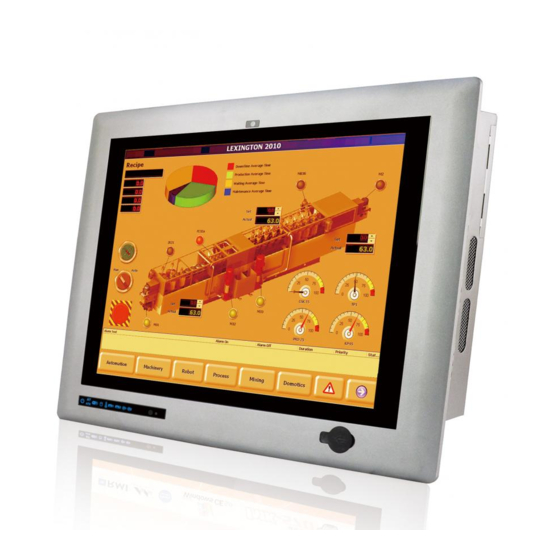
IEI Technology PPC-5152-D525 Manuals
Manuals and User Guides for IEI Technology PPC-5152-D525. We have 1 IEI Technology PPC-5152-D525 manual available for free PDF download: User Manual
IEI Technology PPC-5152-D525 User Manual (185 pages)
Flat-bezel Panel PC with Touch Screen and Intel AtomTM CPU, USB 3.0, Dual Combo (SFP Fiber/RJ-45) Gigabit LAN, Audio, RS-232/422/485, RoHS Compliant, IP 65 Protection
Brand: IEI Technology
|
Category: Touch Panel
|
Size: 11 MB
Table of Contents
Advertisement
Advertisement
Related Products
- IEI Technology PPC-5152-D525-E
- IEI Technology PPC-5170A-G41
- IEI Technology PPC-5150A-G41
- IEI Technology PPC-5190A-G41
- IEI Technology PPC-5050A
- IEI Technology PPC-5020
- IEI Technology PPC-F12B-BT
- IEI Technology PPC2-CW133-ADLP-i3/8G
- IEI Technology PPC2-CW185-ADLP-i3/8G
- IEI Technology PPC2-CW215-ADLP-i3/8G
